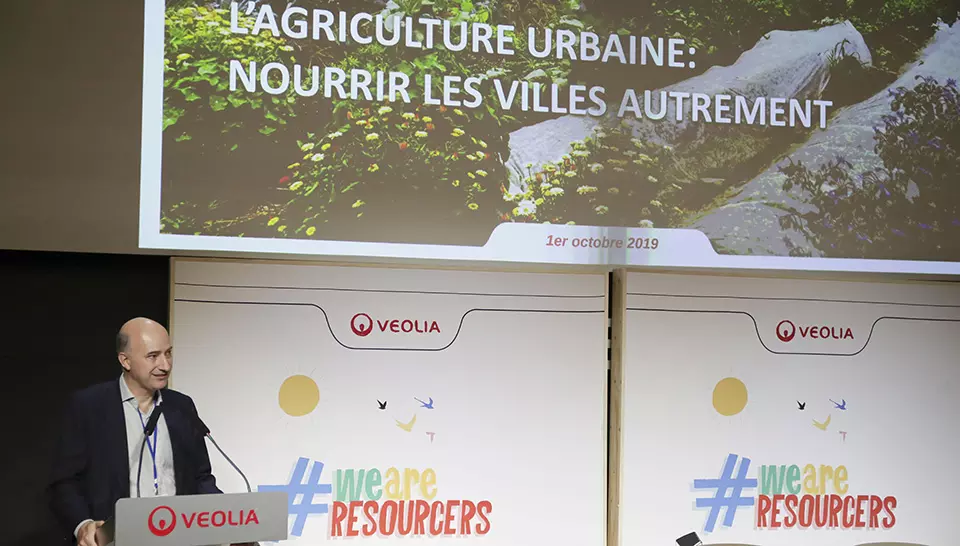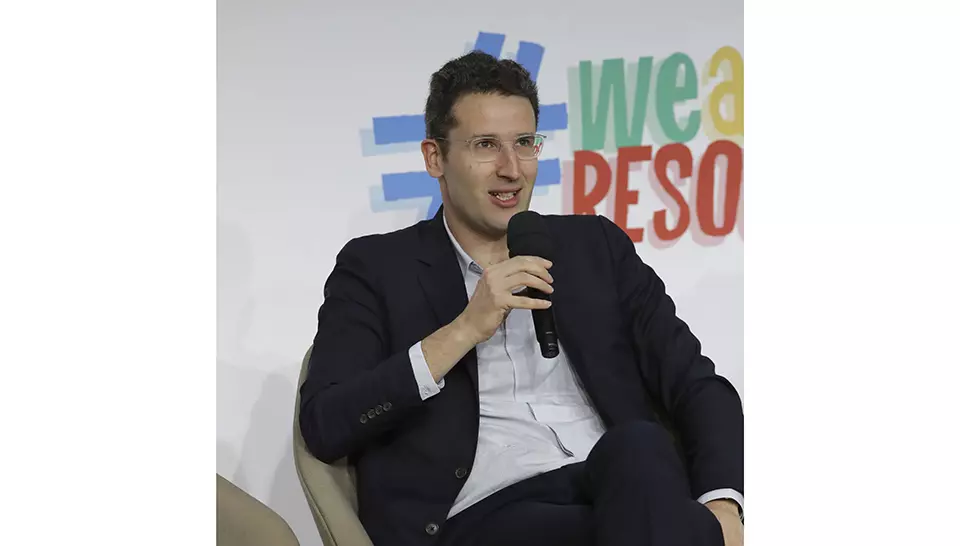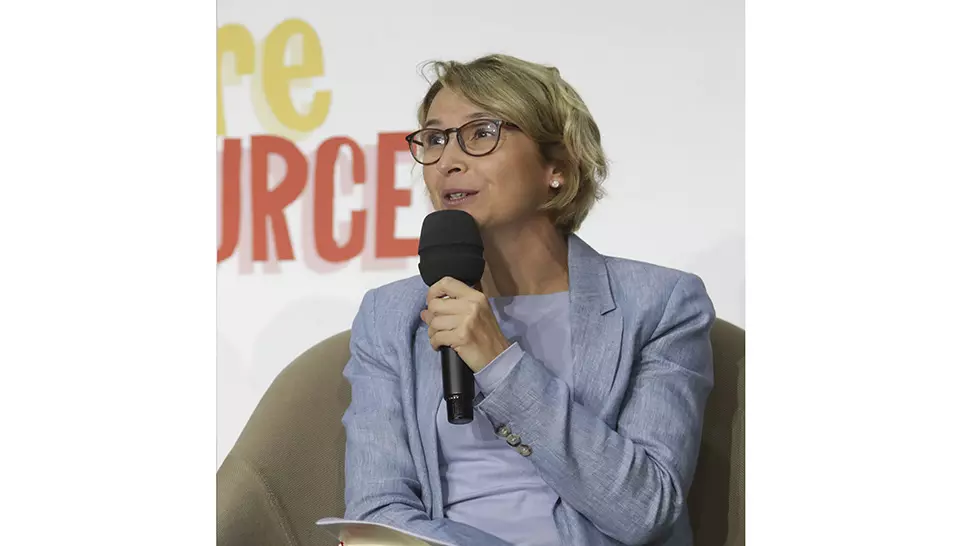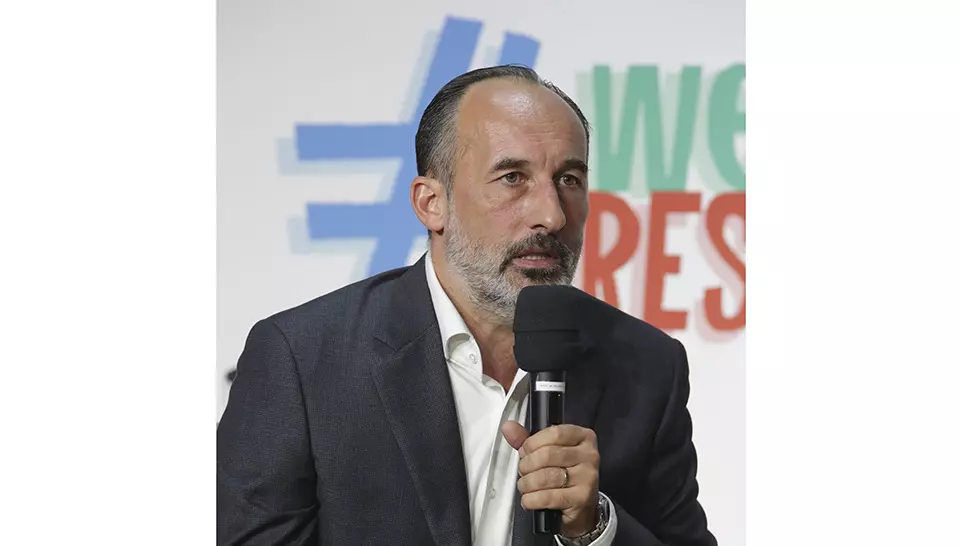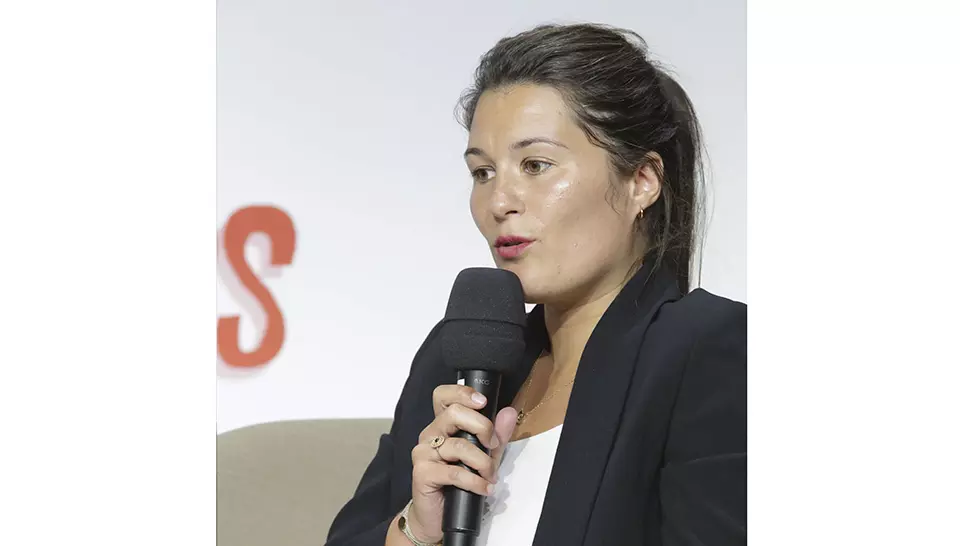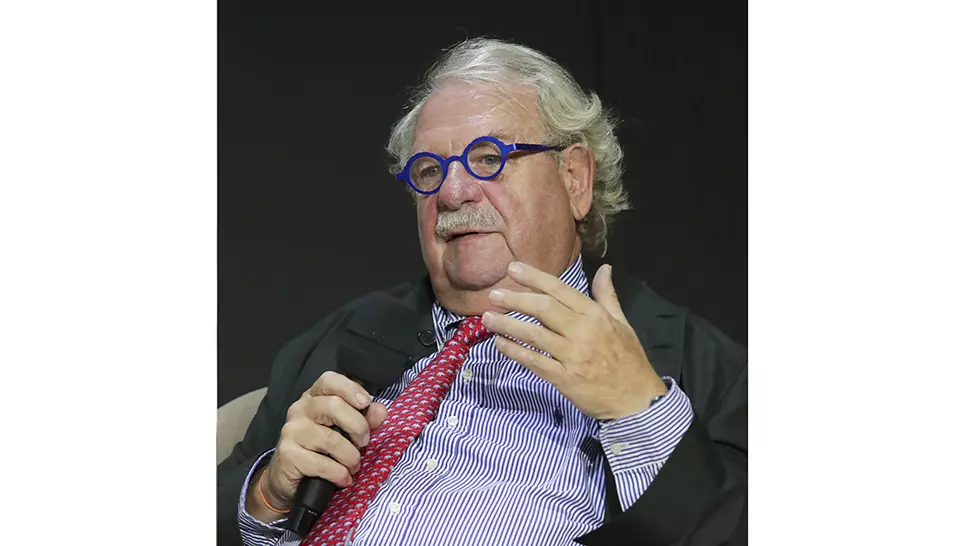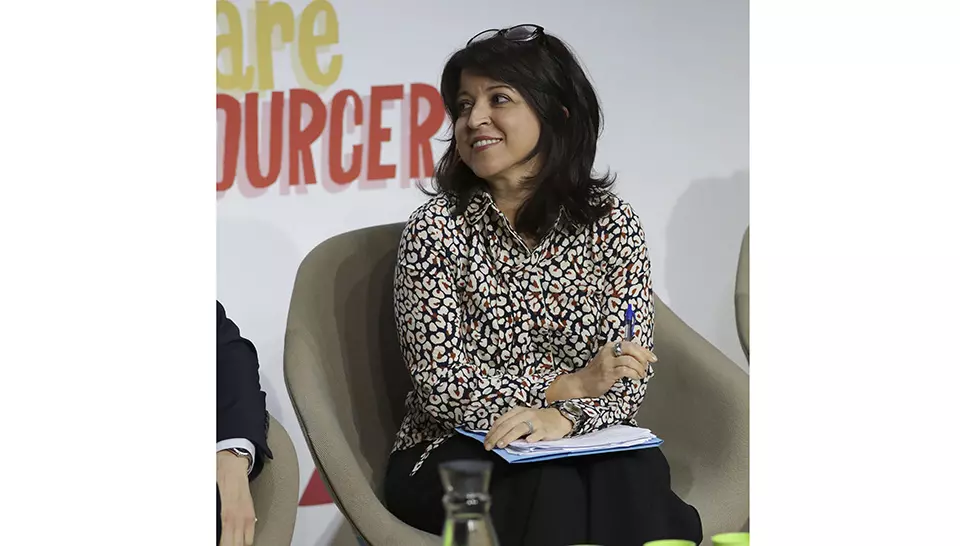The Veolia Institute has just published a new issue of Facts Reports on the theme of urban agriculture. To open up discussions on the topic a conference was organized on 1 October at Veolia headquarters in Aubervilliers, with exchanges between researchers, innovative companies, architects and experts who analysed the current growth of urban agriculture in developed and emerging countries. By relocating part of their food system, cities are reinventing their links with agriculture.
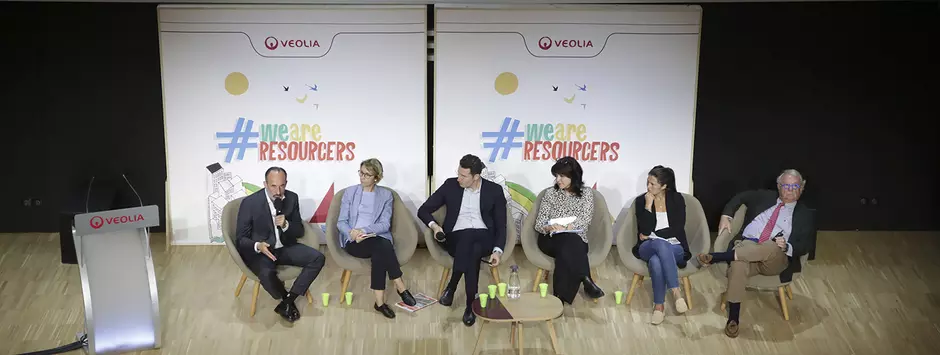
In 2050, we will live in a world of cities that will once again produce food
Nicolas Renard, Director of Foresight with the Veolia Institute, recalled in his introduction that once upon a time “organic cities” grew up around the market and the slaughterhouse. In the 20th century, the imperatives of food security separated the city from its food. "Today, consumers want to regain control of their food system, and urban agriculture is becoming a "rurban space”, where the way of producing and consuming defines a new relationship to the world and nature. Since 80% of food will be consumed in cities in 2050, and food production is currently responsible for almost a quarter of global greenhouse gas emissions, food production has to be brought closer to cities with better use of resources thanks to the circular economy in a world where cities will once again produce food."
Diversity in urban agriculture
The conference, moderated by David Menascé, director of Archipel&co and professor at the HEC, discussed the wide variety of forms and functions of agriculture in urban environments.
“In Ile-de-France, Agricool uses 9 containers to grow strawberries with a closed circuit aeroponic system, including bee hives for pollination. The yields obtained are 60 times higher than traditionally grown strawberries (35 m2 is equivalent to 4,000 m2), with 20% and 30% more sugars and vitamins," explained Morgane Ribault, Agricool's director of public relations. The next challenge for this emerging company is scaling up.
Nastaran Manouchehri, environmental chemistry and health risks researcher and course director at AgroParisTech, talked about the example of open-air, rooftop and land crops, as well as the measures that need to be taken in relation to health risks. "Urban agriculture is exposed to several types of pollution related to the quality of the air and the soil according to the production methods as well as the reactions of the plants to the pollutants. The AgroParisTech and INRA REFUGE and T4P research programs on urban farms in the Paris region, are developing a better understanding of the risks in order to reconcile well-being and respect for health."
Marie Garnier, Quality and Sustainable Development Director of METRO France, reminded everyone about the importance of transparency to ensure the acceptability of the produce from urban agriculture. In Nanterre, "An indoor vertical vegetable garden is being hydroponically operated by the startup Infarm inside the METRO warehouse, under the eyes of the customers. Its 80 m2 on 7 levels is able to produce 600 to 700 aromatic plants per day, or 4 metric tons per year. This ultra-local supply guarantees intense aromas and flavours for rare high-quality plant varieties.
Anthony Bechu, architect and director of the agency Bechu & Associés, broadened the debate into the areas of urban planning and development, based on his experience in China: "In Shenyang, the regenerative urban approach integrates an urban district with a rural landscape made up of 8 agricultural islands. In the face of climate change and massive urbanization, bioclimatic architecture and urban agriculture are re-establishing social and cultural links between the city and countryside."
Urban agriculture is deployed in both the Northern and Southern hemispheres
In southern hemisphere countries with high levels of informality and poverty, urbanization is developing in the absence of sufficient basic infrastructure. This local agriculture contributes to cities’ resilience : rice paddies in Jakarta (Indonesia) strengthen communities in the face of climate change; in Addis Ababa (Ethiopia), increasing urban density frees up cropland that provides vital ecosystem services. The United Nations Food and Agriculture Organization (FAO) supports urban agriculture across the globe on the basis of the aspirations of the local population.
In the North, urban agriculture offers new openings for composting organic waste to benefit the environment and local social relations, with a concern for health protection. And by 2050, high yield agriculture in a controlled environment will be able to feed the world's population at the same time as helping to stop the collapse of ecosystems: insect farms will provide high quality protein; vertical farms will increase the cultivated area and thereby increase cities’ food self-sufficiency.
Some examples explored in the review:
-
In Ecuador since 2002, the participative urban agriculture program in Quito (Agrupar) has empowered vulnerable populations: 4,500 farmers produce 960 metric tons per year for 21,000 beneficiaries, 84% of whom are women.
-
In Brazil in São Paulo, the Horta das Corujas community gardens working on pesticide-free agriculture principles improve socio-spatial integration based on collective access to land.
-
In Singapore, 200 urban gardens in the Edible Garden City's Citizen Farm project strengthen people’s relationship with their food and produce 300 kg of vegetables per month. This "vegetable city" is the leader in urban food production.
Veolia's solutions based on its water, energy and waste activities
Veolia started with a simple observation, explained Loïc Couttelle, project manager at 2EI Veolia, “Cities produce unavoidable heat, which can be recovered and used; they also need water, which then needs to be treated; and they produce waste that can become resources. Use and reuse of these resources are part of Veolia's expertise which is why it is interested in urban agriculture, in a circular economy approach." He also pointed out that in the face of both the increasing spread of artificial soils and climate change, Veolia offers local solutions through its traditional Water, Energy, Waste activities: "Aquaponics and bio-intensive micro-market gardening deliver high value-added produce and a number of services for the ecosystem. Two experimental circular loops in Brussels and Lille promote unused resources and meet consumer expectations."
-
In Brussels under the roof of Foodmet, the circular economy based Ferme Abattoir produces 15 metric tons of tomatoes, 35 metric tons of fish, and aromatic herbs and red fruits using aquaponics, recreating an ecosystem that transforms the water treatment for the aquaculture ponds into nutrients for plants.
- In Hauts-de-France, the pilot bio-intensive micro market garden on the Lomme (Lille) Marché d’Intérêt National is helping to develop the Group's expertise in this complex farming method. It is a question of producing high yields on small surfaces while regenerating the soil by living mechanisms and with no chemical inputs. These solutions are adapted to the constraints of the urban environment.


